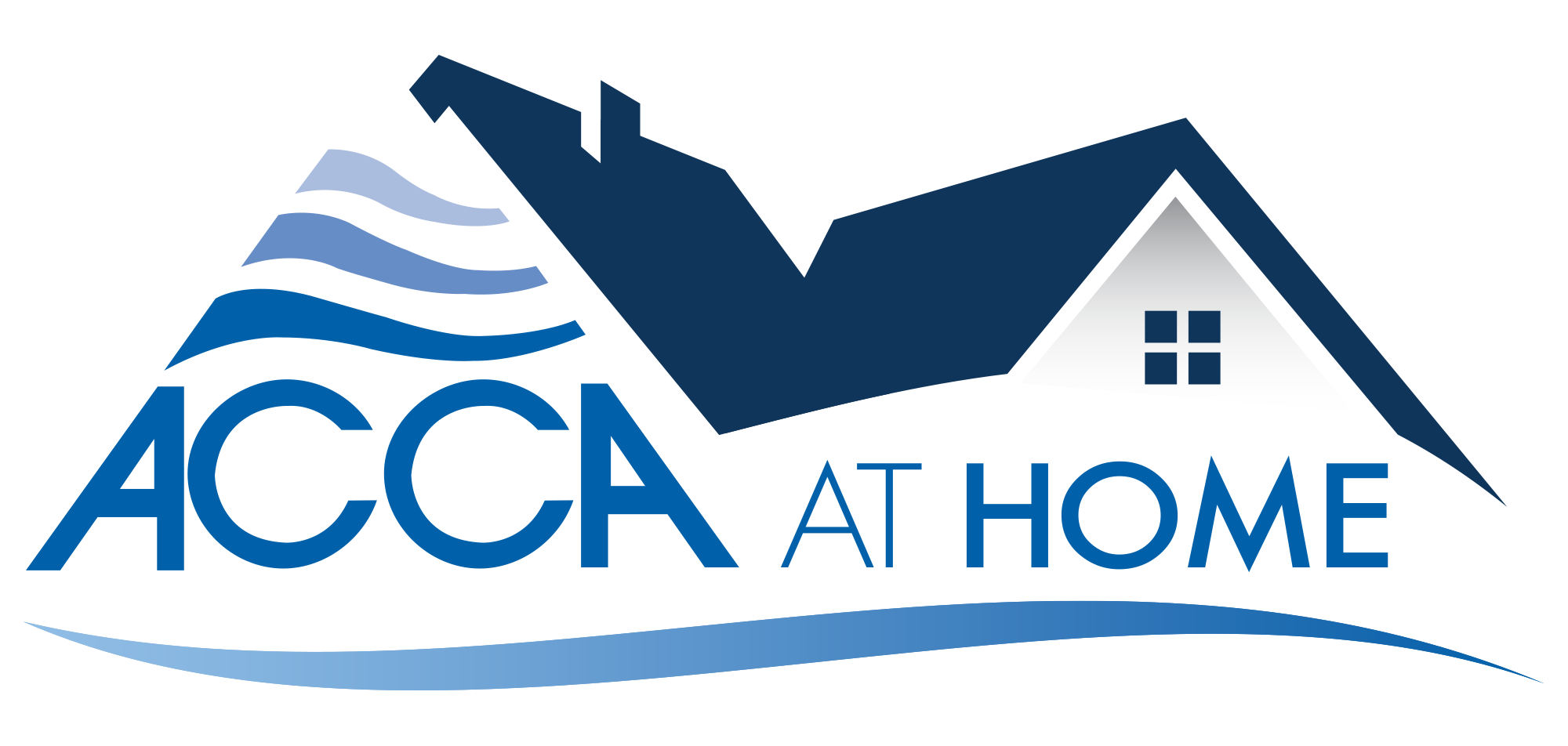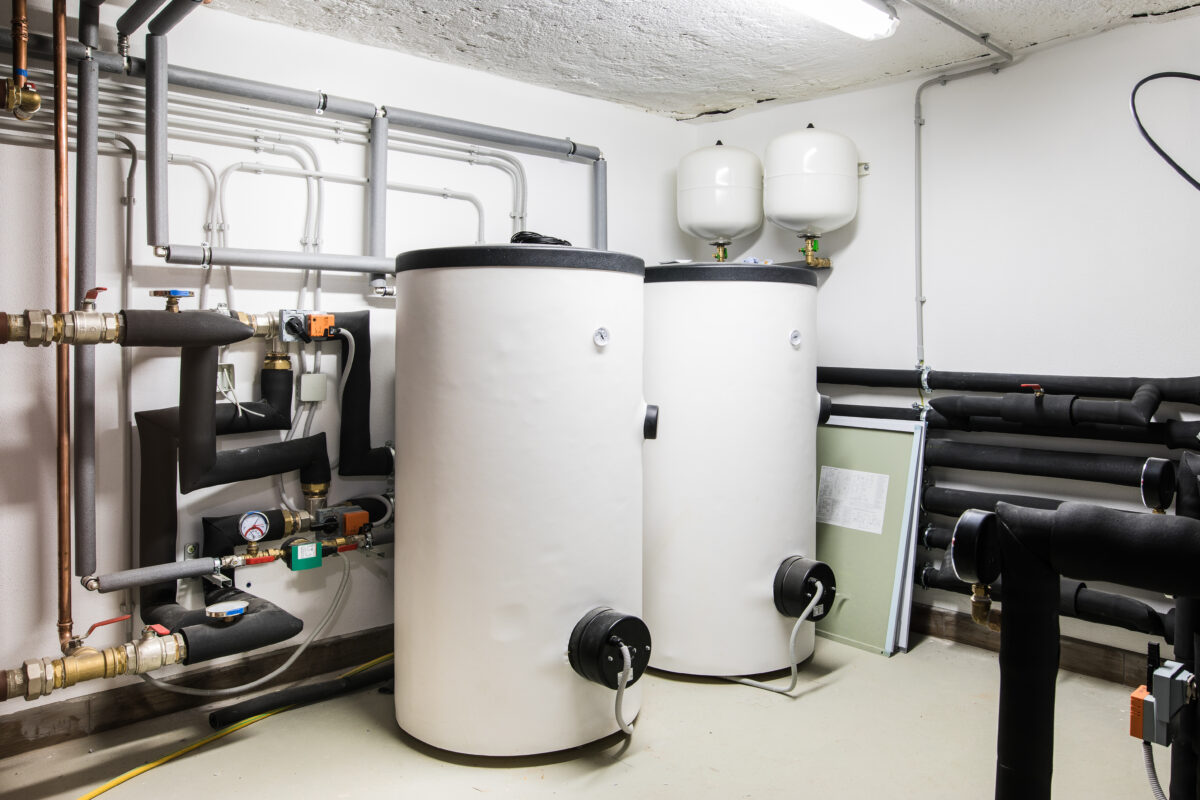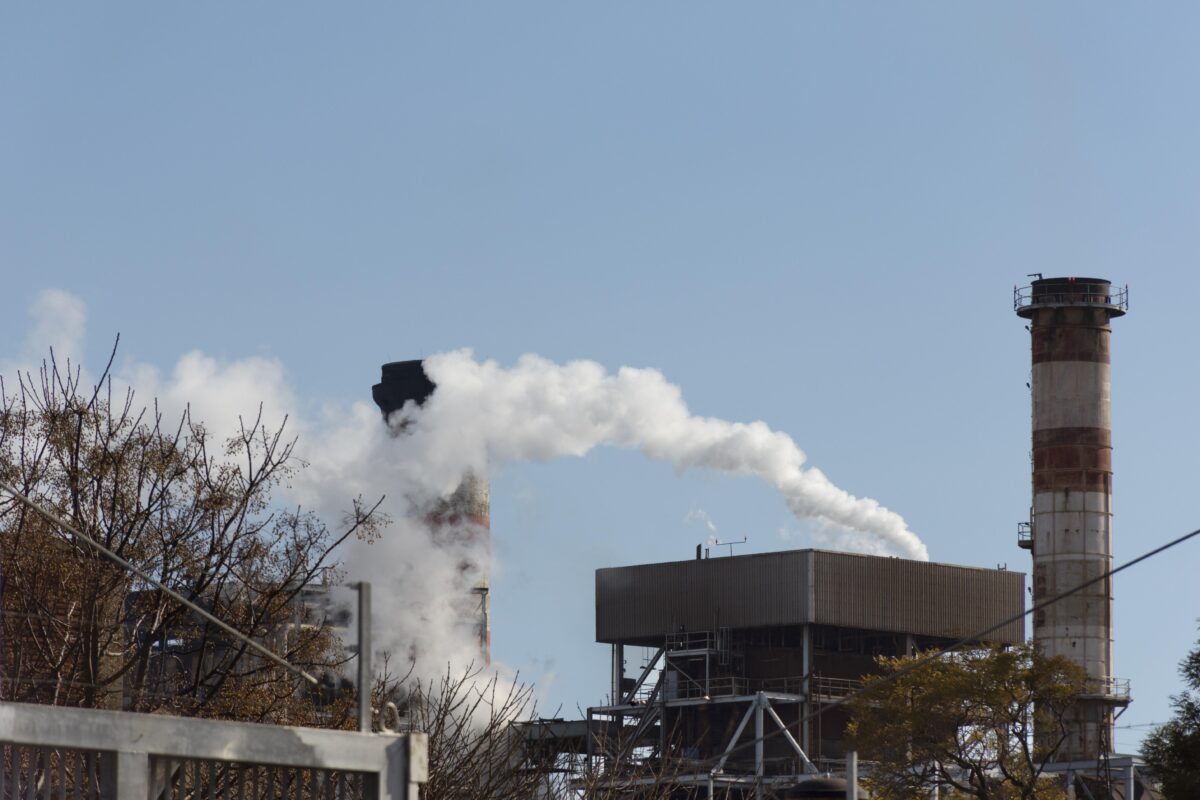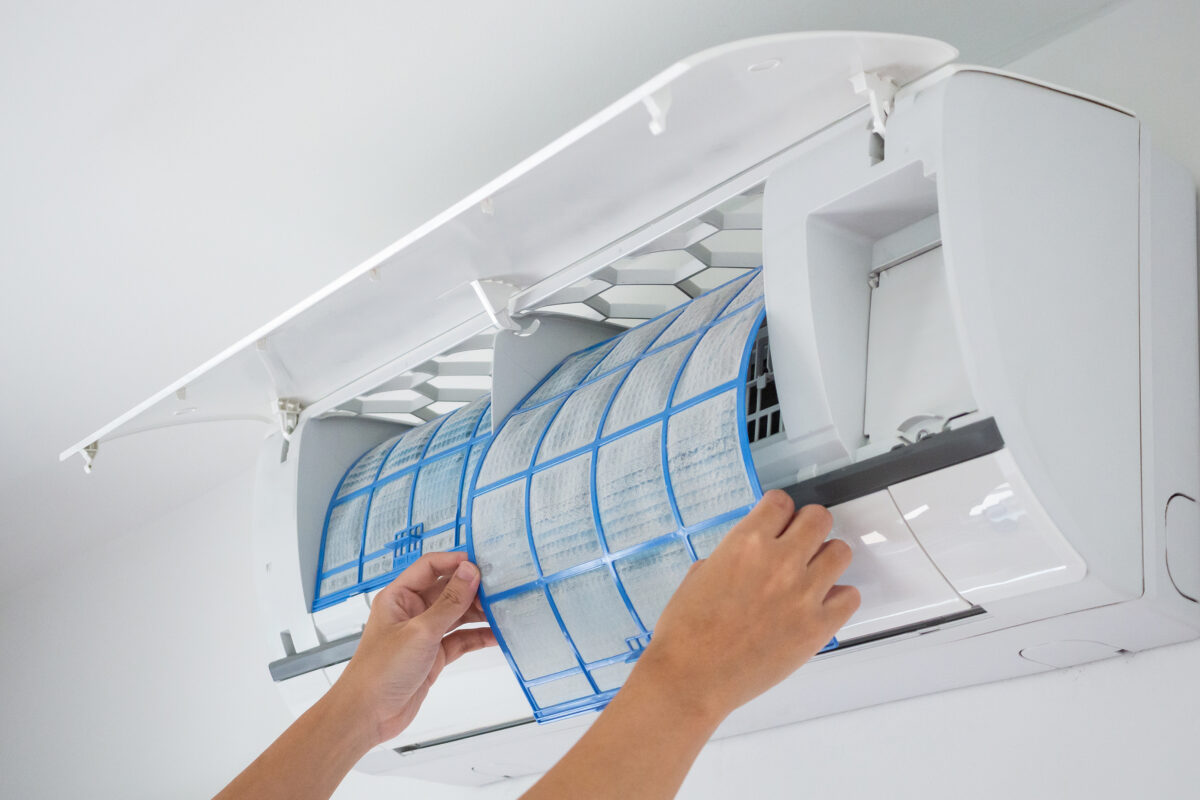As we navigate through the mild winters of the Southeast, a well-maintained HVAC system is key to both comfort and efficiency. By focusing on routine maintenance, system checks, and energy-saving measures, you’re investing in the long-term health of your HVAC system and contributing to a more sustainable environment.
While many tasks can be tackled through DIY efforts, there are moments when professional expertise is indispensable. For those specialized needs, don’t hesitate to consult a certified contractor. You can easily find one using ACCA’s contractor locator tool. Your proactive approach today will not only ensure a comfortable winter but also prevent costly issues down the road.





